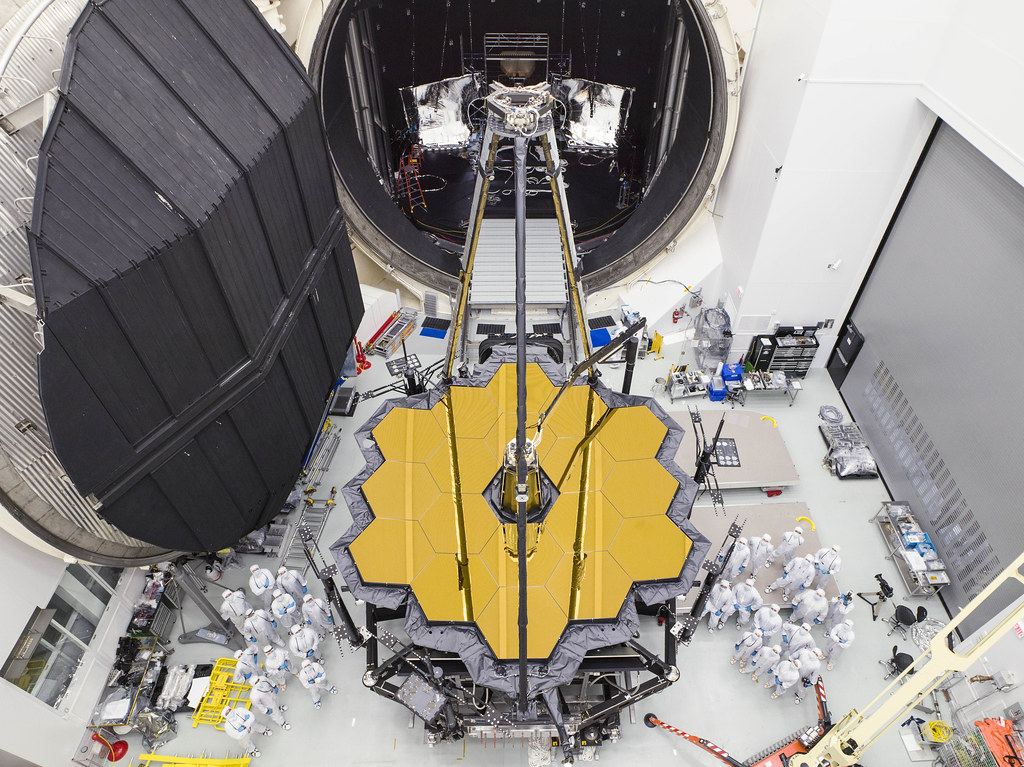
NASA announced on Wednesday that the James Webb Space Telescope (JWST) launched on December 25, 2021, has sustained its first noticeable micrometeoroid impact.
The American space agency said, however, that neither the observatory’s schedule nor its scientific legacy is expected to suffer.
“With Webb’s mirrors exposed to space, we expected that occasional micrometeoroid impacts would gracefully degrade telescope performance over time,” Lee Feinberg, Webb optical telescope element manager at NASA’s Goddard Space Flight Center in Maryland, said in the statement.
“Since launch, we have had four smaller measurable micrometeoroid strikes that were consistent with expectations, and this one more recently that is larger than our degradation predictions assumed,” Feinberg reported.
The most serious of the impacts occurred between May 23rd and May 25th and affected the C3 segment of the eighteen-piece, gold-plated, hexagonal primary mirror, according to the statement.
All spacecraft are expected to experience and are designed to withstand micrometeoroid impacts, and JWST is no different. The observatory’s engineers even subjected mirror samples to real impacts to understand how such events might affect the mission’s science.
However, the recent impact was larger than those that mission personnel had modeled or could test on the ground, according to the statement.
NASA’s James Webb is the most powerful telescope ever launched into space
Despite the impact coming so early in the observatory’s tenure, NASA officials are confident that the $10 billion telescope will continue to perform adequately.
“We always knew that Webb would have to weather the space environment, which includes harsh ultraviolet light and charged particles from the sun, cosmic rays from exotic sources in the galaxy, and occasional strikes by micrometeoroids within our solar system,” Paul Geithner, technical deputy project manager at NASA Goddard, said in the statement.
“We designed and built Webb with performance margin—optical, thermal, electrical, mechanical—to ensure it can perform its ambitious science mission even after many years in space,” Geithner announced.
The JWST is designed primarily to conduct infrared astronomy. The most powerful telescope ever launched into space, its greatly improved infrared resolution and sensitivity will allow it to view objects too old, distant, or faint for the Hubble Space Telescope.
This is expected to enable a broad range of investigations across the fields of astronomy and cosmology, such as observations of first stars and the formation of the first galaxies, as well as detailed atmospheric characterization of potentially habitable exoplanets.
See all the latest news from Greece and the world at Greekreporter.com. Contact our newsroom to report an update or send your story, photos and videos. Follow GR on Google News and subscribe here to our daily email!



